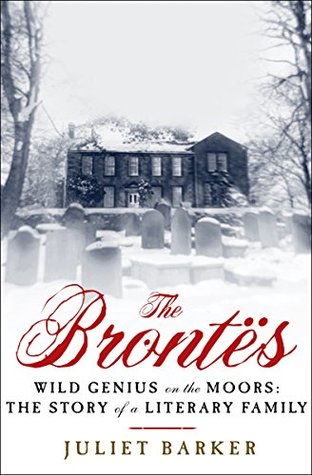More on this book
Kindle Notes & Highlights
Read between
February 17, 2018 - June 7, 2019
Glenfield,
For Mary, though not of course an ‘unbeliever’, was a Nonconformist, a worshipper at the Congregational chapel in Wethersfield, and not a member of the Church of England.
renew the friendship in 1823.
When her family opposed the match, Patrick saw this as the hand of God directing his affairs: however much he loved her, his service to God came first and he was prepared to suffer personally
Oh! that I could make my God and Saviour, my home, my Father, my all!
describing the turmoil of his own spiritual state in terms so dark that Nunn felt obliged to destroy the letters.
Patrick may have made up his own mind as to where his duty lay by November 1808 but all the evidence suggests that Mary continued to believe he might marry her.
Mary was twenty-one in 1811 or 1812, exactly the period when the breach really occurred.
Patrick’s genuine surprise and mortification at Mary’s reaction to his renewal of correspondence in 1823 suggest that he had no idea of either the misery he had caused her or the unfulfilled hopes she had cherished concerning him. Perhaps, in the end, one can only accuse him of insensitivity to Mary Burder’s feelings.
Industrial success had brought both wealth and poverty; the town was prosperous, with a regular Thursday market and four fairs a year, but rapid growth had brought an influx of impoverished immigrants seeking employment in the mines and foundries.
Wellington straddled the routes to the midlands and the north:
St Catherine at Eyton on the Weald
Moors.
day of national fast and humiliation;
fund for the relief of clergymen’s widows and orphans in the archdeaconry of Salop
Undoubtedly the most memorable event, though, was the celebration on 25 October of the fiftieth anniversary of George III’s accession.
Nunn’s vicar, Thomas Stedman, an Oxford man,
Another, whose friendship was to help shape Patrick’s future, was John Fennell,
Fennell, like so many of the clergymen in this area, was also a follower of the Wesleys.
his fellow curate at All Saints’, William Morgan.
Madeley, though undistinguished as a town, was a place of immense spiritual significance, the inspirational source and guiding light which bound together all these men and profoundly affected their lives. It was the home of the aged widow of John Fletcher,137 the great charismatic preacher who had been vicar of Madeley from 1760 till his death in 1785.
John William de la Flechère
An intimate friend of both John and Charles Wesley, he was the author of a number of books and tracts which had had an enormous impact on the Evangelicals and the Methodists alike.
Mary Bosanquet.
As his widow, she faithfully continued his work long after his death and still held open house for all the many disciples to whom he had been such an inspiration.
growth in population consequent upon the Industrial Revolution,
At John Fletcher’s house, and in his widow’s company, Patrick found comfort and encouragement for his professed purpose in life.
Wrockwardine,
Welli...
This highlight has been truncated due to consecutive passage length restrictions.
John Crosse, who had been vicar of Bradford,
After the Methodists had withdrawn from the Church of England and become a separate sect in 1812,
‘Usefulness’ was the watch-word of the Evangelicals, implying activity and commitment, and it is significant that as early as 1804 Patrick had similarly been marked out as someone who had a ‘desire for usefulness in the ministry’.
The vicar of Dewsbury, John Buckworth,
The island, a French colony, had recently been captured by the British, placing virtually all the West Indies under British rule.
In any event, Martinique lost its potential chaplain and Yorkshire gained the father of its most famous family.
His residence in Wellington had been very brief, less than a year, but the spiritual influences and the friendships of the
Madeley circle were to remain with him for life.
The shabby remnants of late Victorian municipal splendour are dwarfed by the concrete stanchions of modern bridges. Despite recent regeneration schemes, there are still too many semi-derelict mills, empty warehouses and demolition sites which are a depressing foretaste of the town centre.
Dewsbury lies in a natural basin, on a loop in the River Calder
in 1811, stood at 5,059;
a large proportion of the population still produced cloth on hand-looms in their own homes.
Almost two-thirds of the burials occurred within the last six months of Patrick’s curacy, suggesting that Dewsbury had suffered one of the outbreaks of typhus or influenza which periodically struck the population.
There was immense hardship at this time, the failure of the harvest adding to the problems of industrial depression and unemployment.
Cheerful, kind and courteous, John Buckworth
he had before the eyes of his mind the awful realities of sin,
Patrick would have been drawn into Buckworth’s habits and, indeed, the vicar actually drew up a set of notes for the guidance of his curate.
Lousy Thorn,
Clifton, like Hartshead, is perched on the top of an immense escarpment and enjoys panoramic views over the hills in all directions;
Evangelical Hammond Roberson,
David Jenkins, the new curate at Dewsbury,


